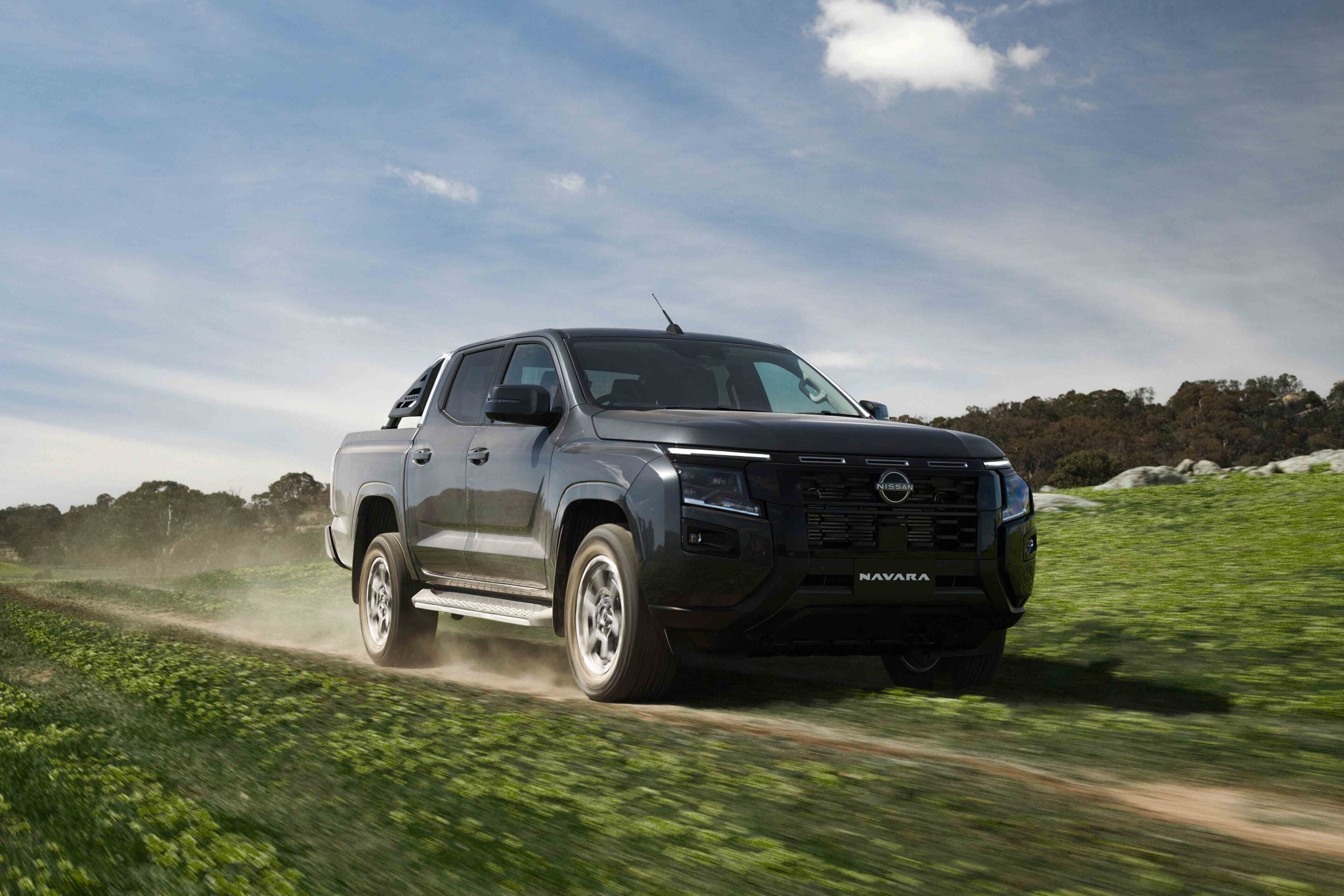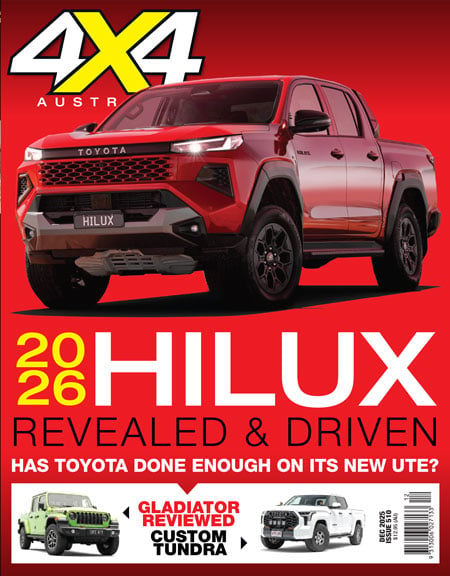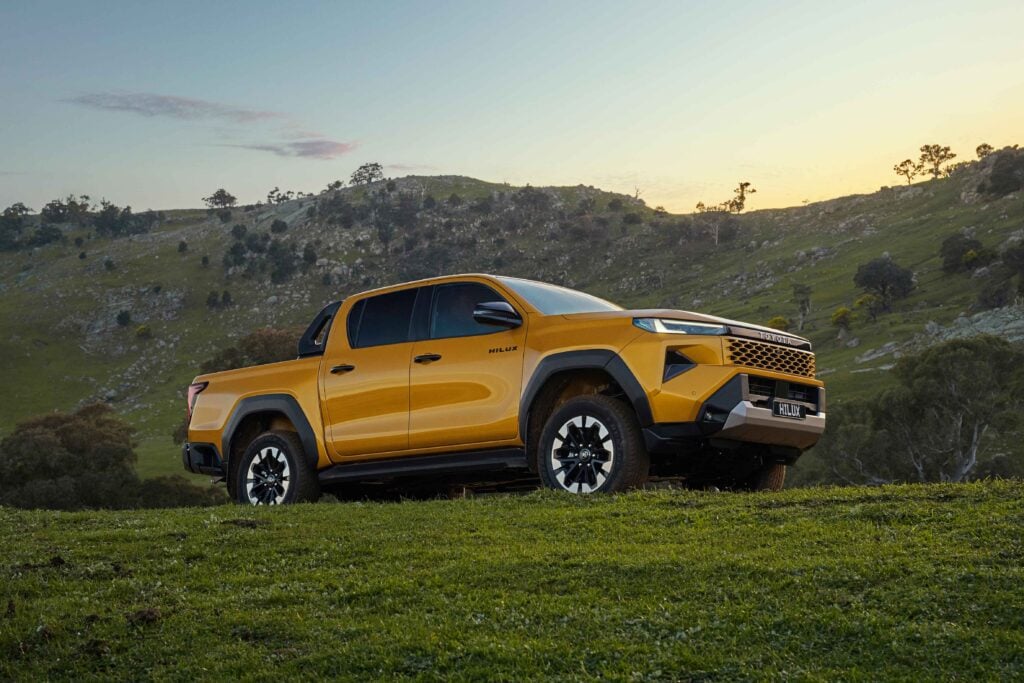This hasn’t always ended well. Slapping your own badge on somebody else’s homework is risky business, especially when it’s a dual-cab ute we’re talking about.
Throw in the fact that you’re playing with a well-regarded, history-laden, volume-selling model with a huge fan-base and you can see why all eyes are on the new Nissan Navara. Which is why the world tuned in to Adelaide recently for the global live-streamed unveiling of the new Nissan dual-cab.
Now it might be different if the Navara was the donor vehicle in this scenario (although the unmitigated disaster that was the Mercedes-Benz X-Class suggests otherwise) with another manufacturer stepping on board to rebadge and fill its own showrooms. But no, in this case, it’s Nissan that’s hitching a ride and it’s the new Mitsubishi Triton that’s providing the piggy-back. What could possibly go wrong?
Well, lots, actually. Witness the sales trend of the VW Amarok once it switched from a VAG product to a rebadged Ford Ranger. Right now, VW is selling one Amarok to almost 10 Rangers. BT-50 fans might also be scratching their heads at the fate of the Mazda product after it switched from the Ranger’s architecture to the Isuzu D-Max platform. Which begs the question, how the hell are the rusted-on Navara freaks going to react to this latest tear in the cultural fabric?
Certainly Nissan is pretty upbeat about the whole deal, pointing to Aussie input and development, while still using the global launch of the Navara to actually tell us not very much about the actual product. Mind you, that’s pretty normal for a global unveil, as opposed to a local launch. (We did, at least get to spend some – if not a lot – time in the actual vehicle.)
For instance, despite sitting through the press conference and Q and A session (which included management and design staff from head office in Japan) I still have no idea how the range will line up. I can tell you there will be an ST-X and at least one model under that, as well as a range topping Pro-4X model, and Nissan will double down on its locally-developed hot-rod franchise with a Navara Warrior, but that’s about it.

Oh, and that initially, the Navara range will consist entirely of dual-cab four-wheel-drive models because, in Australia, those make up 90 per cent of all Navara sales. Will there be a two-wheel-drive, or a cab-chassis or a single-cab down the track? Nobody’s saying. Perhaps the Chinese-made Dongfeng Nissan factories are working on that. Again – and typically – nobody was talking about future product.
Prices? Anybody’s guess, as is the chance of a hybrid variant any time soon. Mitsubishi has talked about a Triton hybrid, but Nissan is saying nothing on the subject, despite being heavily invested in hybrid and EV tech across its other model line-ups. Again, the Dongfeng tie-up might be the key there.
Of course, the other big question revolves around how much Triton is in the Navara. Nissan was predictably, a bit defensive about this stuff, and when pressed refused to say if all the major body sheet-metal was carried over from Triton. Instead, we were told that the bold Navara fascia and distinctive tail-lights all helped create the Navara look and feel. Which is code for, all the sheet-metal is carried over. But still, nobody on stage would bring themselves to say as much.
As with most dual-cabs, the devil is in the suspension. So, that’s what Nissan has concentrated on to make the Navara a Nissan and not a Mitsubishi with a different badge. And, cleverly, the company has once again tapped into Melbourne-based engineering gurus, Premcar, an operation that has been responsible for some of the best off-road Nissans ever made, namely the Navara and Patrol Warrior stablemates.
I managed to corner Premcar CEO and chief engineer, Bernie Quinn, after the Q and A side-stepping to find out the skinny on what’s been changed. Fundamentally, not a whole heck of a lot, and Bernie was quite candid and enthusiastic about the basic dynamic package Nissan inherited when it jumped into bed with Mitsubishi.
“We’ve only changed the dampers, really,” he told me. “We’ve gone to twin-tube dampers because single-tubes get destroyed by flying rocks, and we’ve tuned them. But we haven’t had to change the springs or even the bump-rubbers.”
Premcar’s task was to retune the suspension for Australia and New Zealand (Oceania in Nissan-speak). Whether other markets will pick up on that and specify it for their own buyers remains to be seen and was another topic the Nissan brass didn’t want to tackle.
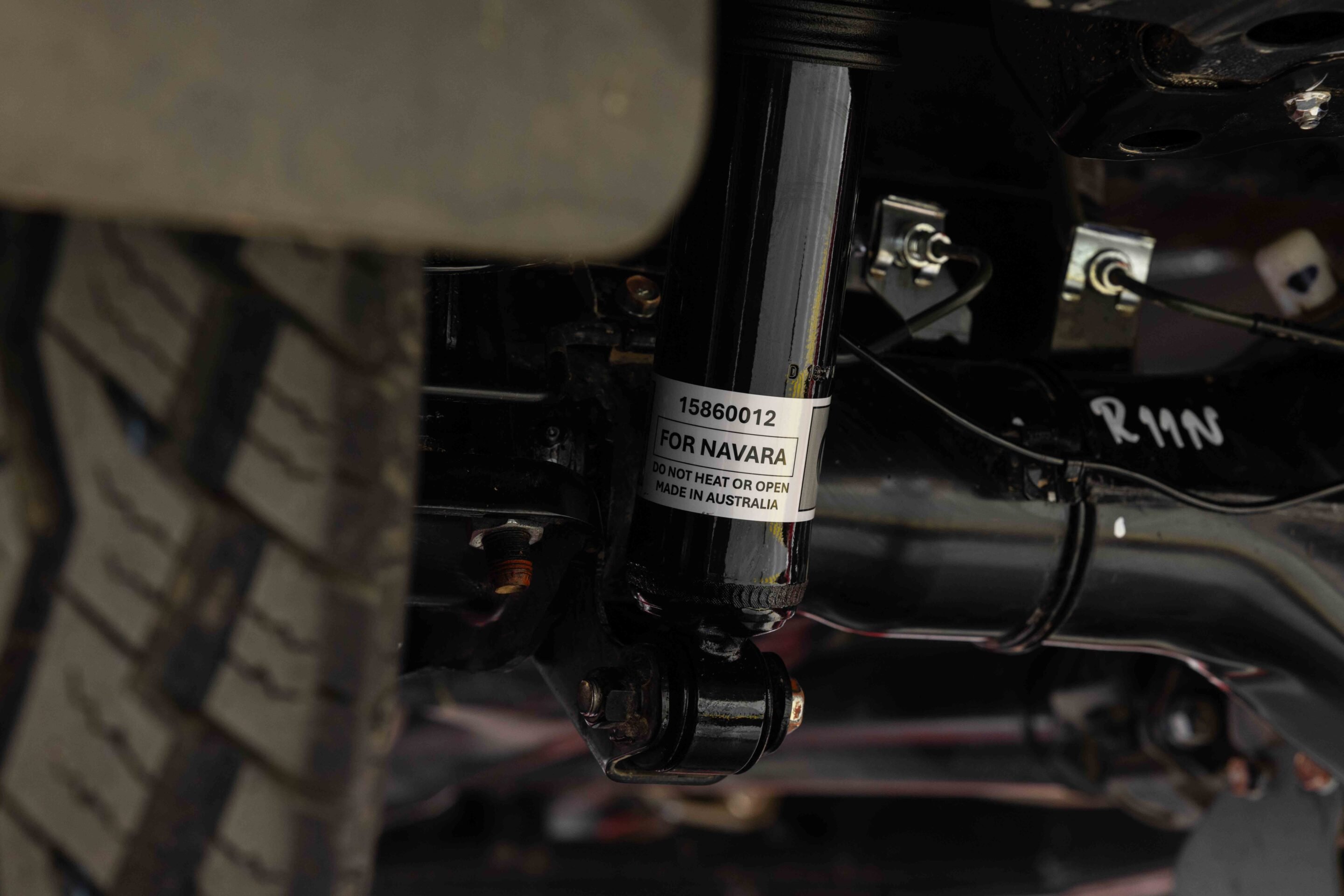
But Bernie was happy to detail the process: “We knew linear steering response was important (no slop or roll before the vehicle responds) but we still had to produce a ute that could do everything a ute has to. So, we concentrated on the balance between primary (big bump) and secondary (small bump) ride control. Taking into account the payload and towing abilities we still had to provide, we’re really proud of what we’ve achieved.”
For the record, Nissan’s local testing involved 18,000km of hard running across South Australia, Queensland and the Northern Territory, taking in iconic routes such as the Oodnadatta and Birdsville Tracks, the roads around Alice Springs and even tracks around Finke. The testing took 12 months, and led to three different damper specifications chosen from no fewer than 137 damper codes and a colossal 550 individual damper shims.
What’s also interesting is the enthusiasm Bernie and his team had for the basic Triton set-up with which they started the process: “It wasn’t necessary to change spring rates, bump stops or roll centres: They were pretty much where we needed them to be. We didn’t need wholesale changes to the architecture, because that was pretty good, too.”
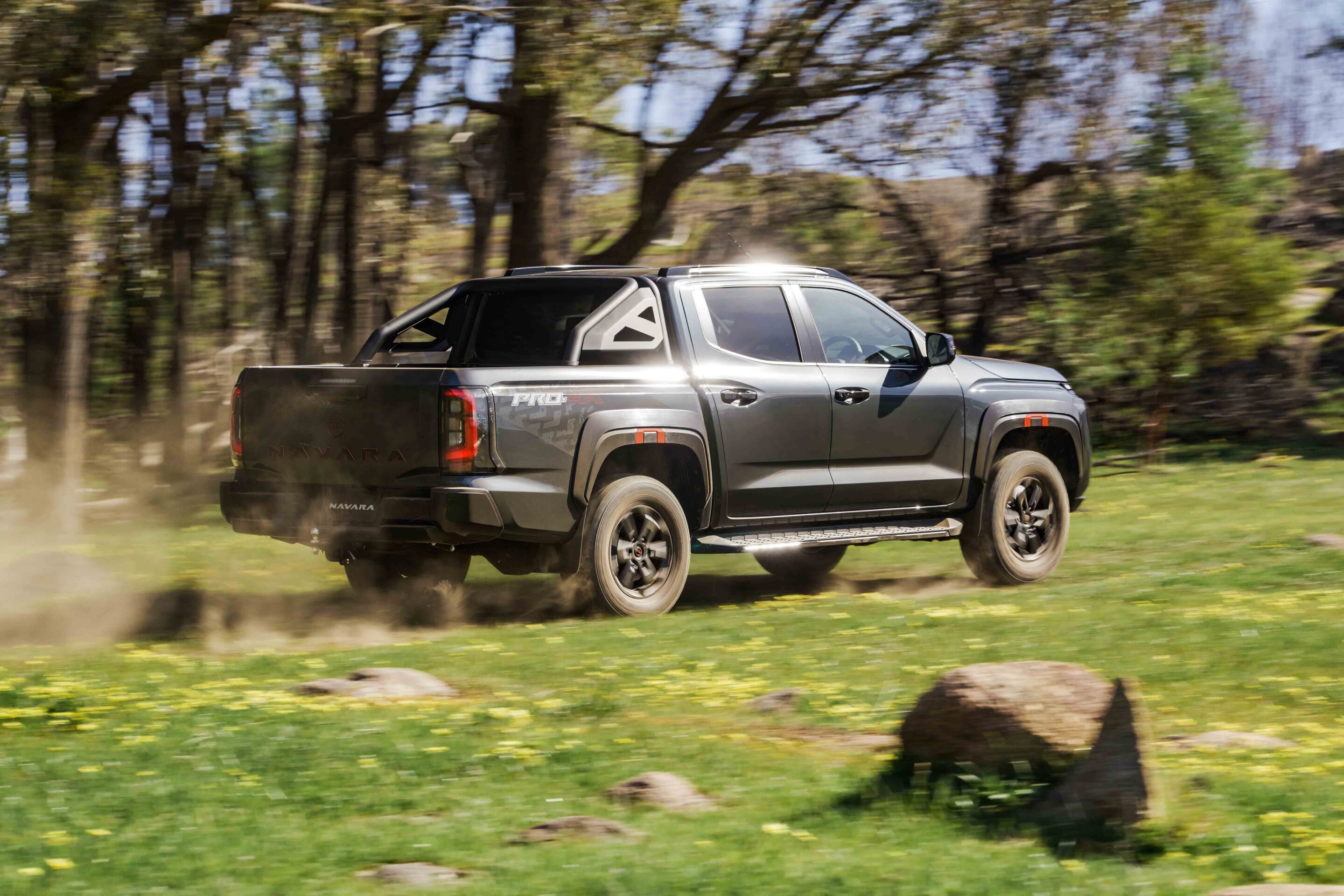
Beyond the suspension tuning, the Navara is comprised largely of Triton tech. That runs to the 2.4-litre bi-turbo engine with its 150kW and 470Nm of torque. Fuel consumption is an official combined 7.7 litres per 100km, and the six-speed auto remains. The good news is that means the Navara also sports Mitsubishi’s Super Select all-wheel-drive system complete with 4-Auto for bitumen all-wheel-drive work. Okay, so Nissan is calling it Super 4WD Terrain Selector, and it incorporates seven driver-selectable modes running from Sand to Rock and everything in between. A locking rear diff will likely be optional on some versions and standard on others.
Inside, you get a nine-inch central info-screen, a seven-inch driver’s display, wireless charging, wireless connectivity, digital radio, 360-degree camera, plenty of USB charge ports and the dual glove-boxes that suggest there’s very little in the cabin that’s not Triton-spec.
Safety involves the usual driver aids, but we’re still left wondering about the calibration of the driver-distraction warning which has been panned in the Triton and seemed to be triggered by some styles of sunglasses while it ignored others.
First drive impressions
Which brings us to our driving experience.
Fundamentally, I’m not going to go out on a limb here and make any definitive statements, because the drive loop lasted about 15 minutes and was carried out solely on a carefully chosen series of dry, hard-packed tracks. Operation switched between 4-Auto and 4-Low (with a locked centre diff) and there was no bitumen component whatsoever.
So what can I tell you? Obviously, not a whole lot, but I will say that the suspension tune felt really composed and comfy over small, stuttery lumps and bumps, suggesting that Premcar really knows what it’s doing. No surprises there. Even upping the speed to about the maximum at which you’d cross this sort of terrain, the Navara stayed calm and composed in the cabin, helped no end by really good front seats that seemed to be almost in phase with what the suspension was doing.
The engine is a good ‘un (but you knew that) and the rest of the driving experience is likely to be dictated to a large extent by what tyres Aussie Navaras come with, and how much gear you hurl into the tub at any one time. Certainly, though, in terms of striking a nice balance between payload and unladen comfort and providing a decent driving experience at the same time, the Navara would appear to be one of the new generation of platforms that is getting ever closer to being on target.
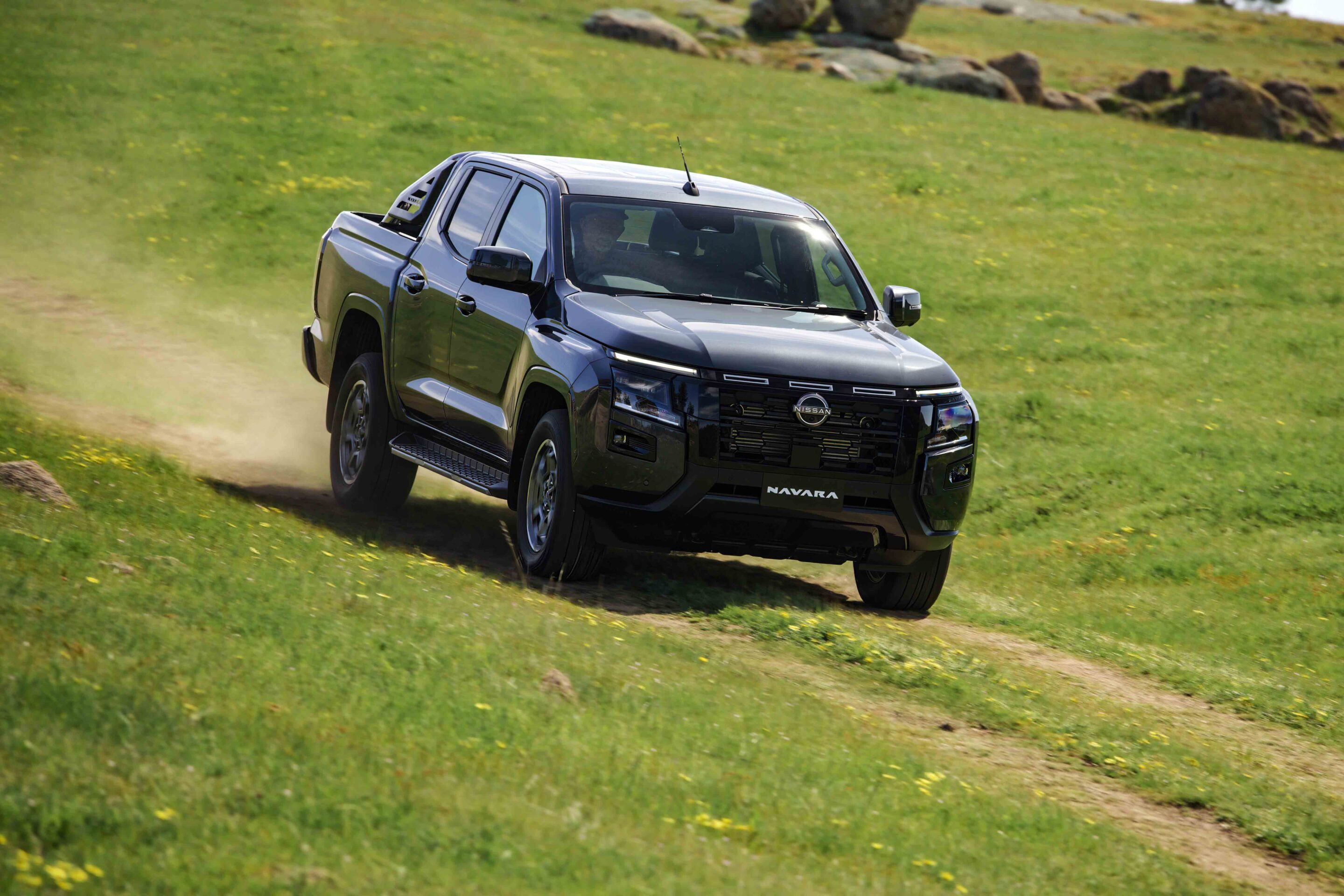
Payload depends on model and spec and ranges from just under to just over a tonne. And of course there’s 3.5-tonne towing which is now the industry standard. The tray has grown a useful 46mm in length versus the Navara D23, and the whole vehicle is longer, wider (although slightly lower) than before.
The real question, of course, remains just how the Navara faithful react to all this model sharing. Will they embrace the more modern, wider cabin, the locally developed suspension and the clearly pretty good basic architecture? Or will they lament the loss of the coil-sprung rear end and the fact that their favourite ute is now a Mitsubishi under the skin?
Hopefully, they’ll at least drive it before making that call, and understand that without model sharing of this type, there might not have been a next Navara at all. Because you get the feeling that’s more or less the reality here.
We recommend
-
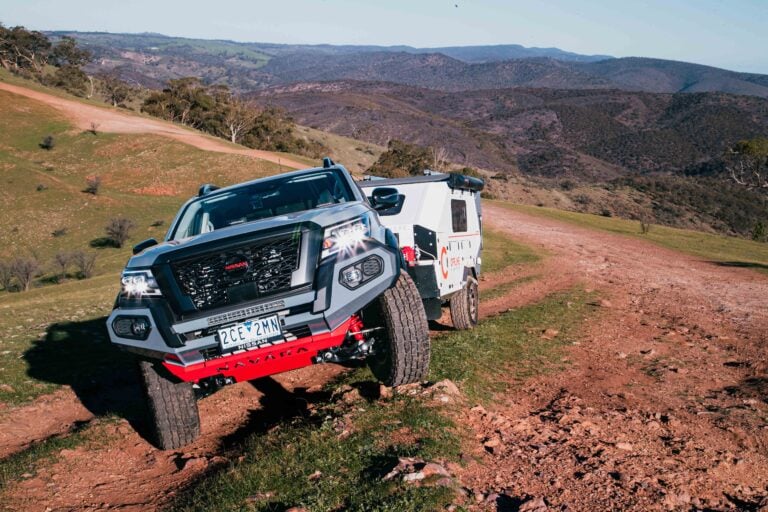 Reviews
ReviewsCan the Navara PRO-4X Warrior tow a camper and tackle tough Aussie tracks? We found out
Top-spec Navara put to the test towing an Offline Domino camper
-
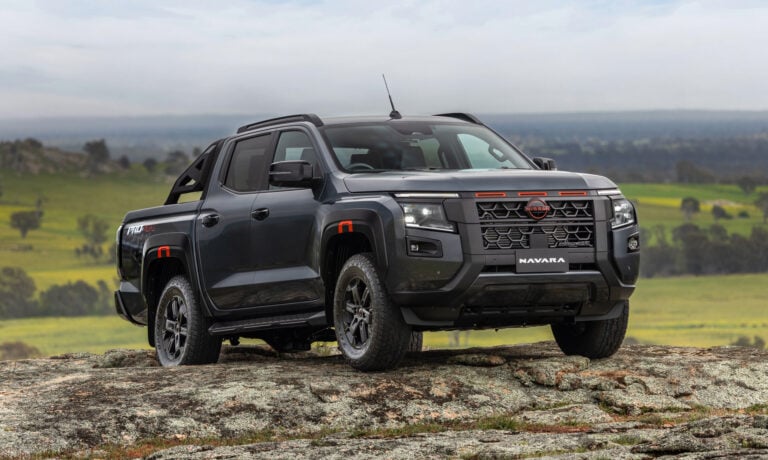 News
News2026 Nissan Navara revealed: Premcar-developed Warrior concept previewed
Nissan has unveiled its new D27 Navara in Australia, revealing a Triton-based ute enhanced locally with upgraded suspension tuning.
-
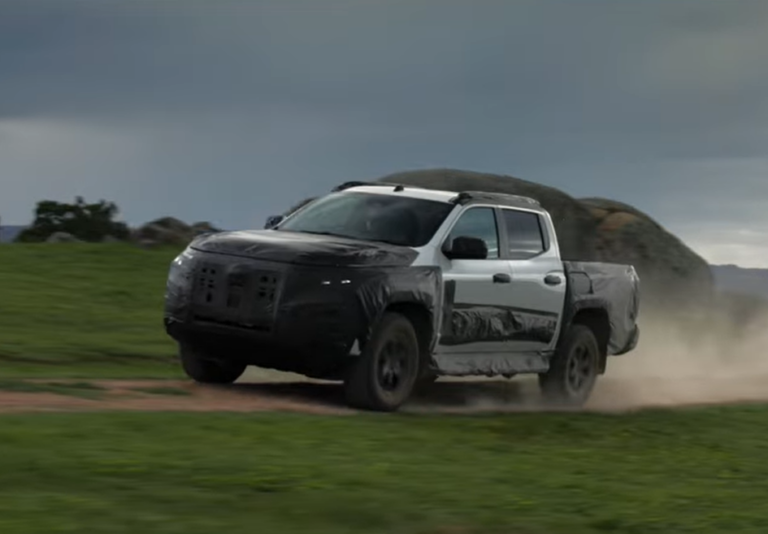 News
NewsPremcar leads local testing of Nissan Navara ahead of upcoming launch
Nissan and Premcar join forces to optimise next-gen Navara for Aussie roads

